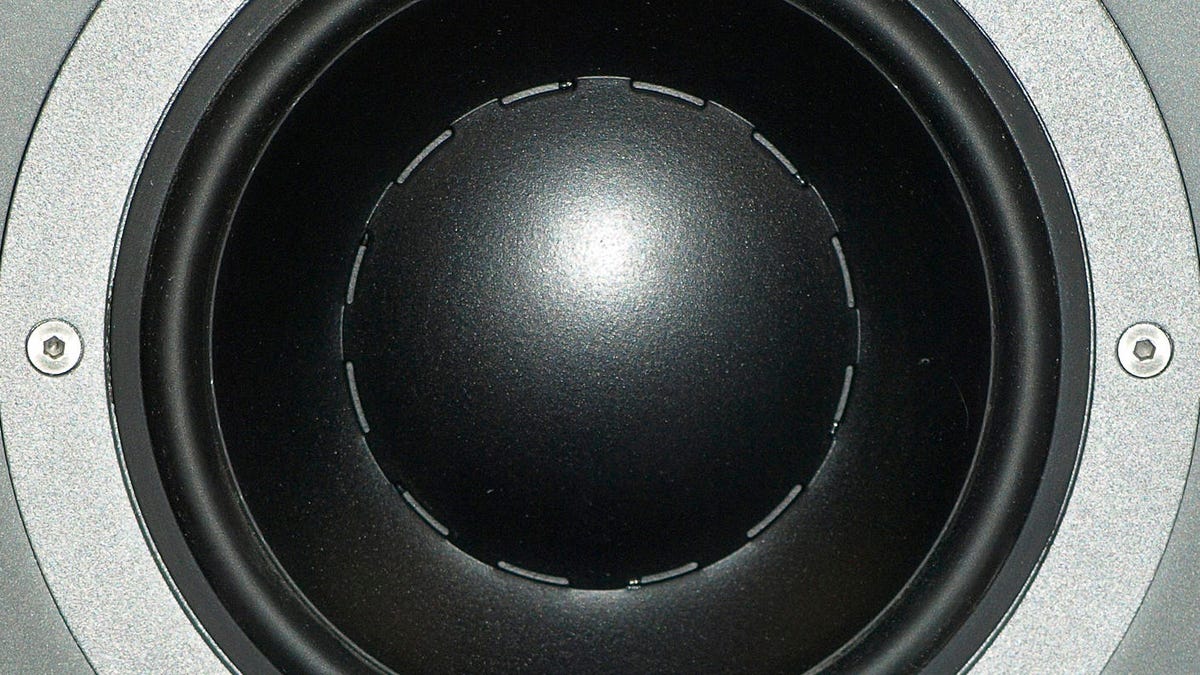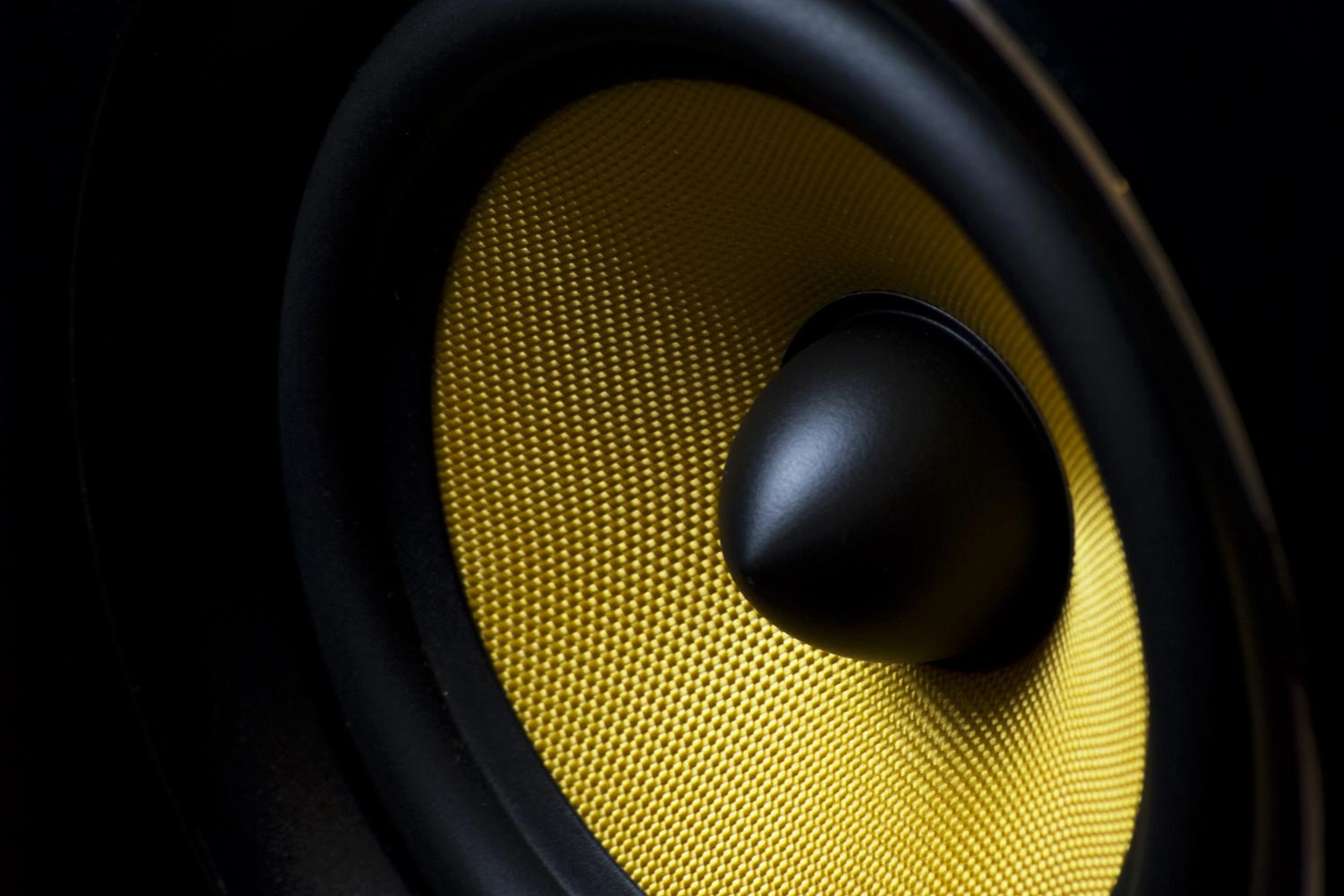"music rarely has extremely deep, under-50Hz bass, and most speakers with 5-inch (127mm) or larger woofers can muster 50Hz bass in small or midsize rooms."I would be interested in the thoughts of others regarding the significance of the bottom octave in music/speakers.

The case against subwoofers for music
For home theater and games, sure, subwoofers can provide deep bass oomph that speakers alone can’t match.
Do you even need as much as 5 inches? Bass on my KEF LSX sounds quite good. Reports on the Sonus Faber's bass response are quite positive. Going up to five inches may be problematic for me as I like listening in the very close near field and using small bookshelf speakers as computer speakers. But I do like to hear the bass instruments in classical orchestral music.
"54Hz at -3.8dB is quite an accomplishment from a single 11.5cm coax driver."

KEF LSX Review (Wireless Speaker)
This is a review and detailed measurements of the KEF LSX "Wireless" speaker. It is on kind loan from a member and costs US $1,250 from Amazon including Prime shipping. In every way KEF could nail the look and feel of the speaker, it has done so: Not only is the iconic coaxial driver...
 www.audiosciencereview.com
www.audiosciencereview.com
Last edited:

